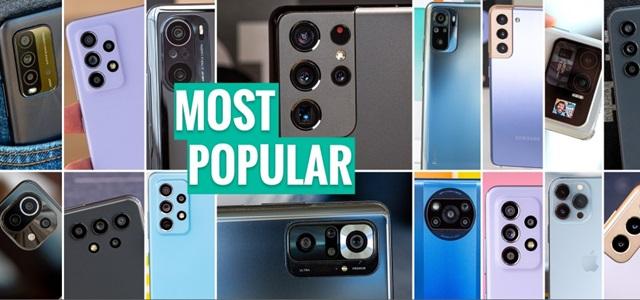Smartphones: Innovation or Illusion?

Once upon a time, a phone was just a phone — a tool to make and receive calls. Fast forward to today, and we're calling these pocket-sized computers “phones,” when really, they’re everything but just phones. They’re music players, cameras, game consoles, web browsers, and AI hubs — all crammed into a single device. But here’s the question: Are phone makers giving us value, or are they simply playing the game better than anyone else?
Let’s Talk Price Games
You walk into a store and see an iPhone for $1,400 with 128GB of storage. Then you look at the 256GB version — double the space — and they want $120 more. Think about that. Most people barely scratch the surface of 128GB, so what are you really paying for? It’s not the storage. It’s the perception of more. It’s psychological pricing and tech marketing rolled into one.
The Feature Mirage
Manufacturers love to pitch us on sharper colors, higher contrast, and more pixels than the human eye can distinguish. But what if you don’t even like saturated, hyper-vivid screens? What if you have vision impairments or just prefer a natural tone? The industry keeps feeding us features we didn’t ask for, then convinces us we can’t live without them. This isn’t innovation — it’s persuasion marketing in overdrive.
"Can’t Do" vs. “Not Made To Do”
Here’s a hard truth: low-end phones aren’t incapable — they’re intentionally limited. A budget phone doesn’t lack features because it can’t have them. It lacks them because manufacturers deliberately remove or avoid expensive parts to hit a price point and make a profit. They strip away potential, package the result, and call it “entry-level.”
High-end phones don’t do things that low-end phones can’t — they just do things that budget phones were never allowed to do in the first place. It’s not about capability. It’s about strategy.
They’re Not Phones Anymore
We’ve blurred the line. These devices we carry — they're not phones. They’re multifunctional gadgets. Once upon a time, you needed a radio for music, a PlayStation for gaming, and a DSLR for photos. Now? One device replaces them all. But we’re still calling it a “phone,” and with that comes expectations that distort how we view upgrades and value.
The Bottom Line
We’re not just being sold technology — we’re being sold desire. Each year brings slightly newer, slightly shinier devices with promises of things we probably don’t need. But the marketing? It’s brilliant. It convinces us our current phone is outdated simply because something "new" exists.
So before you shell out $1,500 for a phone you’ll mostly use to scroll social media, maybe ask: Who’s really winning here?

